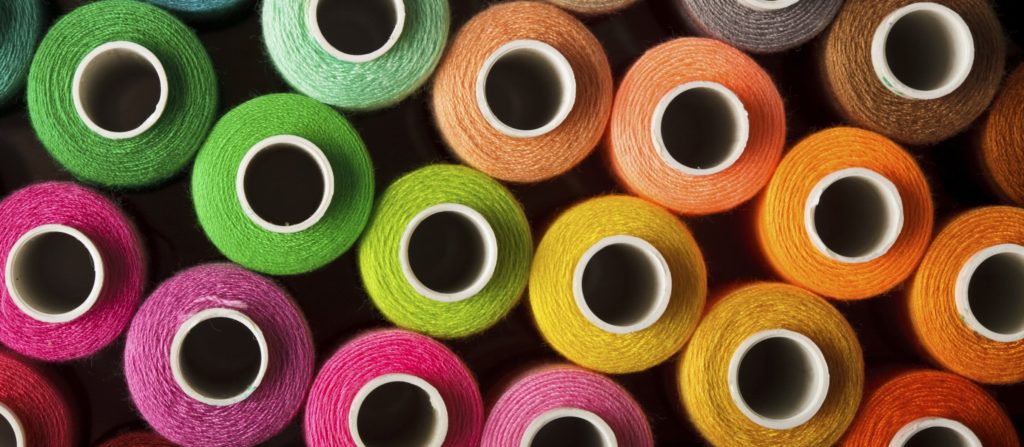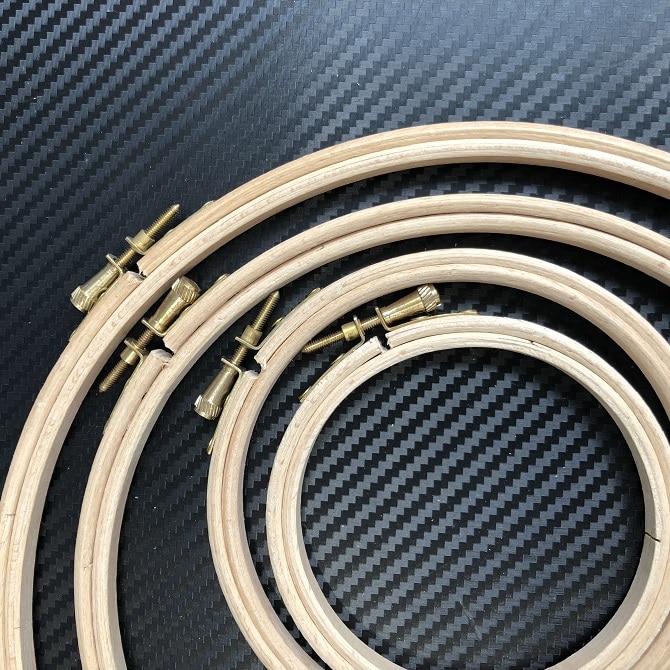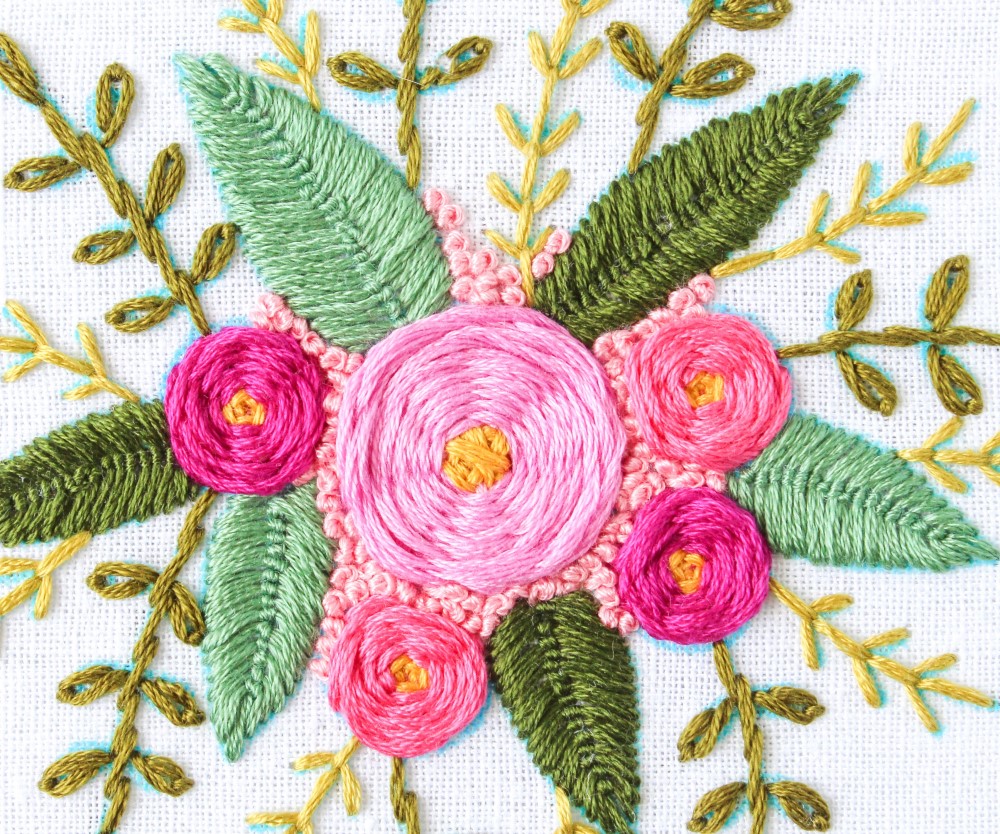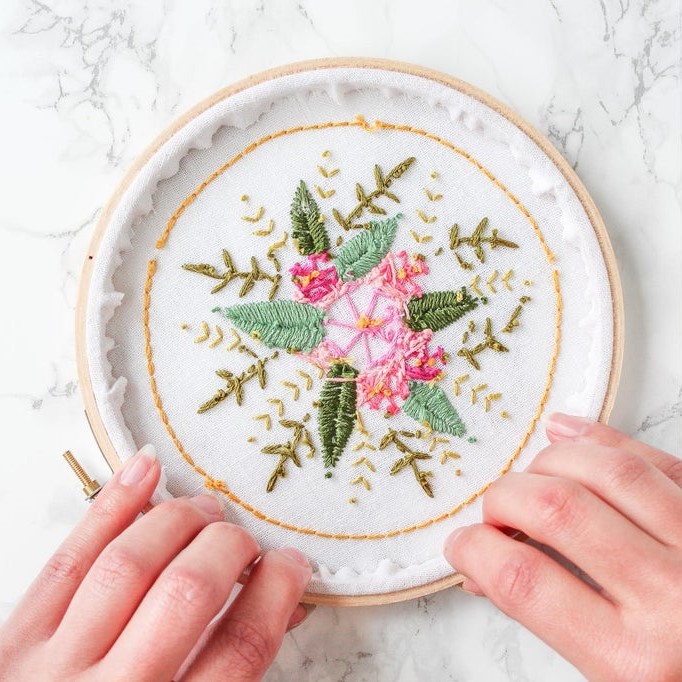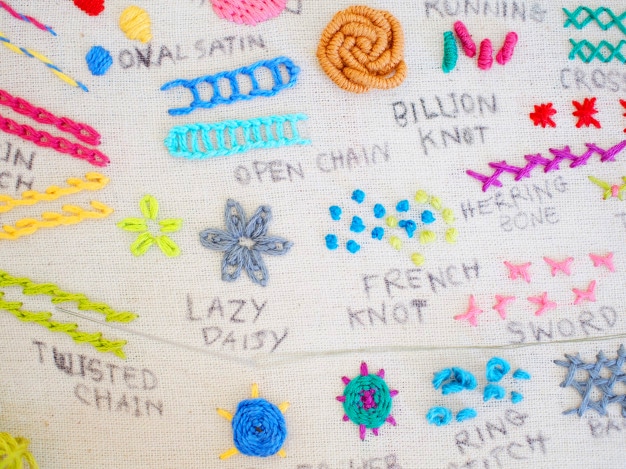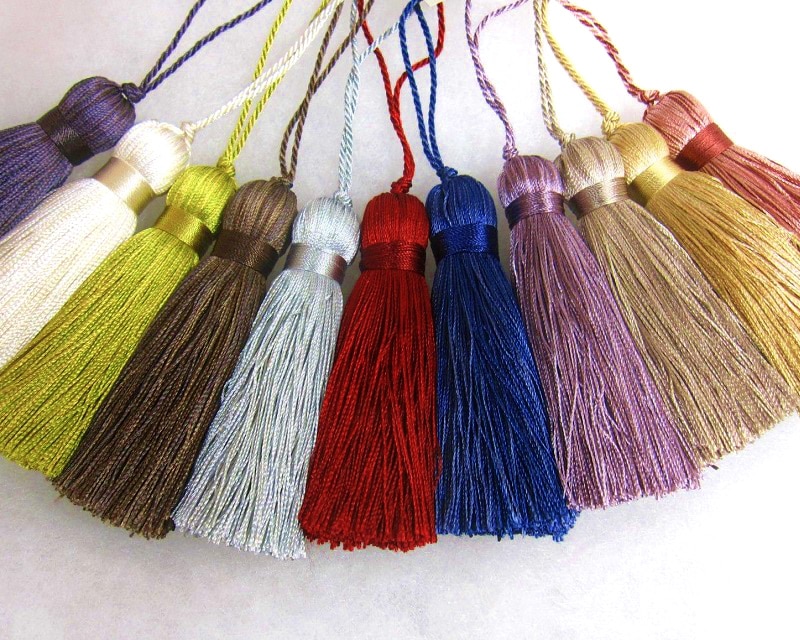

Despite its name, crewel embroidery is actually rather fun. There are tons of patterns and designs to choose from and if you can master this art, you will have some beautiful creations. Those who are well-versed in embroidery will already be familiar with crewel embroidery, but those just starting out may need more information.
We’re here to walk you through what makes this style so unique, how to adapt it to your own style, and discuss what tools you need to get started. The amazing thing is that with just a bit of practice you’ll be able to impress everyone with your skills.
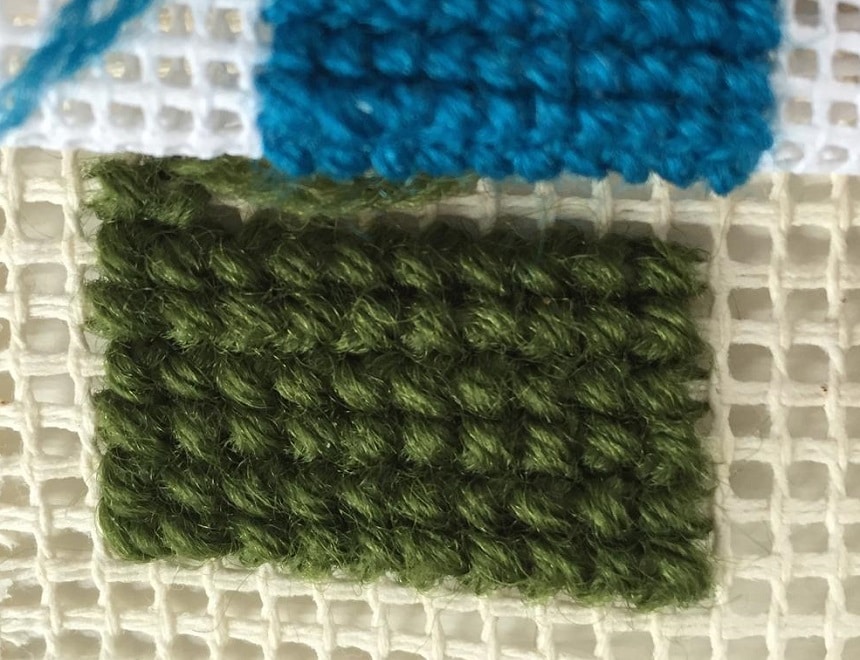
Let’s start with defining what exactly crewel embroidery is. To begin with, its defining feature is the thread used, and not actually the type of designs. Whereas other embroidery uses cotton or synthetic thread, crewel embroidery uses wool thread.
Amazingly, crewel embroidery has existed for over a thousand years. It became popular in England in the 18th centuries and the tradition was then carried to North America with explorers. Since the pandemic forced many people to endure long lockdowns, embroidery and other crafting activities have now become popular again.
The biggest difference between crewel and more mainstream embroidery is the thread. Wool us used for crewel, which has a thicker consistency to it, even though the type used for embroidery is a thin as can be. You can find one-ply or two-ply wool yarn which is suitable for crewel embroidery.
Before you start your amazing crewel embroidery journey, take a minute and ensure you’ve got all the proper supplies. You don’t want to be forced to stop while your creativity is at its peak.

First and foremost you will need specific crewel yarn. As mentioned previously, this needs to be wool yarn. There are many choices to select from, including Valdani 100% Australian Virgin Wool. This is a nice option as it comes in many different colors and is fine enough to work with.
You will want to map out your design first and consider the colors you want to use. Many people stick with more natural colors for crewel embroidery but the choice is ultimately down to personal preference.
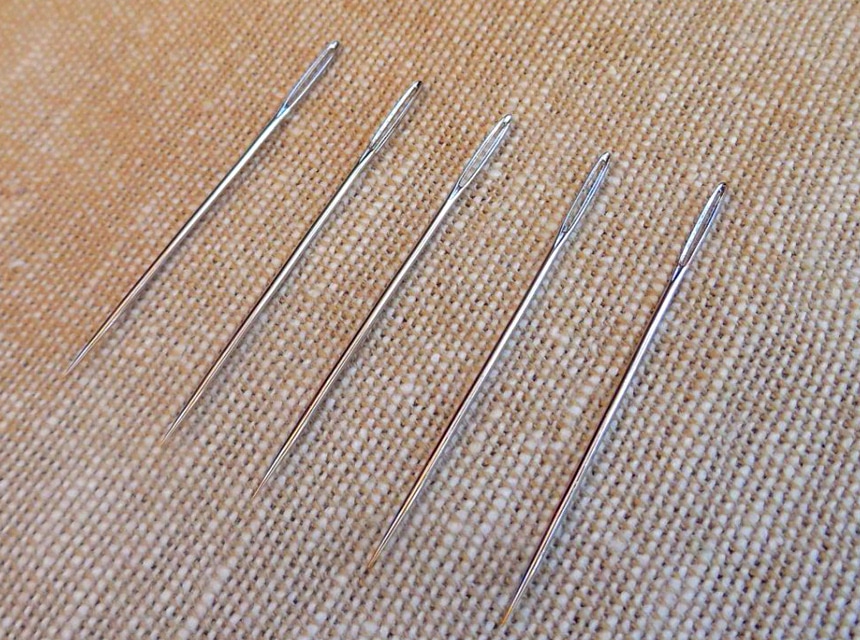
Once the thread has been picked out, it’s time for needles. Crewel embroidery requires specific needles, such as Bohin Crewel Embroidery Needles. They are designed to have a larger eye and a sharp point. A large eye is needed with crewel needles so the thicker wool thread can easily pass through it. Furthermore, the sharp point of the needle is important as the fabric for crewel embroidery is a bit thicker.
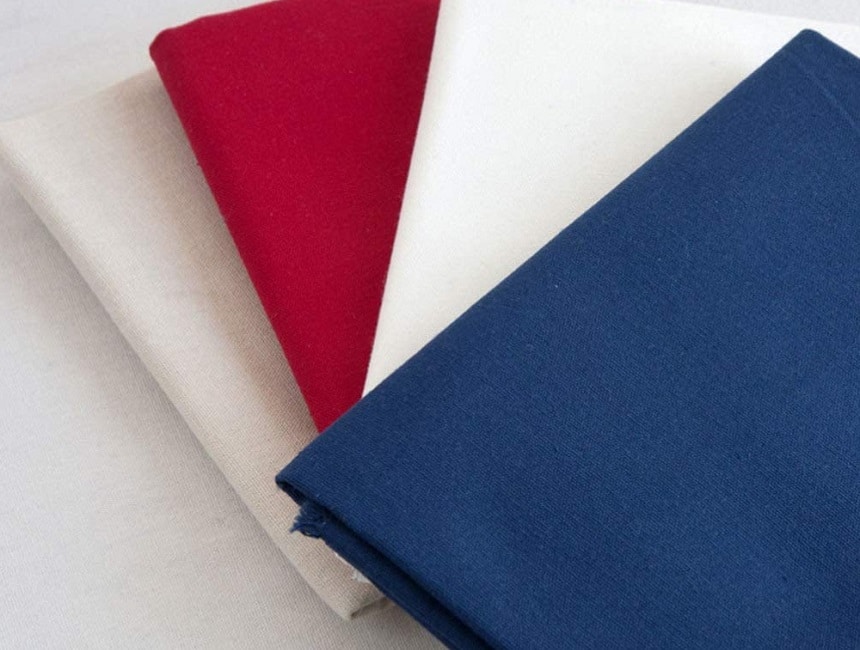
While you could technically use any fabric for crewel embroidery, there are some choices better suited for it. When possible, look for linen or linen twill fabric. These fabrics have a tighter weave, meaning there is less space in the actual fabric. The sturdier fabric will allow the wool thread to hold in place better, allowing you to have finer stitches.
Once you’ve mastered linen or linen twill fabric, you can go about and experiment with other fabrics to see their results.
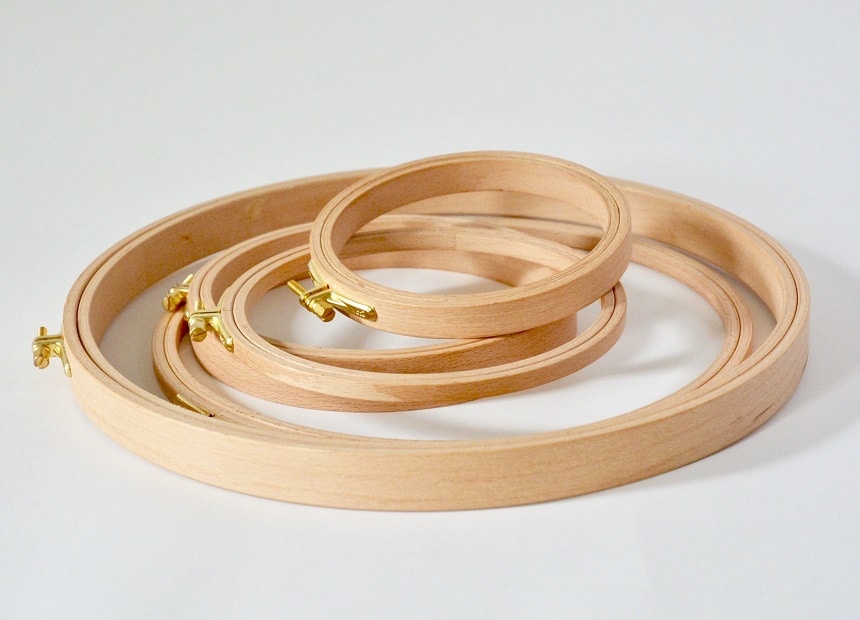
While these are not specific to crewel embroidery, they are necessary. Embroidery hoops allow you to pull the fabric taught, giving you a solid workspace to craft in. Then, once done, you can use the hoops to display your creative genius.
Now that you have your crewel thread, needles, and fabric, it’s time to get embroidering!
When putting needle to fabric, it helps if you understand basic embroidery stitches. The good news is that any embroidery stitches you have already learned can be applied to crewel. Let’s dig a little deeper at what these stiches are and how to use them.

With solid filling stitches, there are two main categories. However, they both work the same purpose, to fill in spaces. A satin stitch is important if you need to cover small areas of space. These areas should be less than 1 inch. You can pad the area underneath the satin stitch, which results in more texture as well as more friction for a smoother lie.
For a shading effect, consider long and short stitching. The result will be a shaded area to fill in both small or large spaces. This can be a bit more of an advanced technique but really just needs a bit of practice.
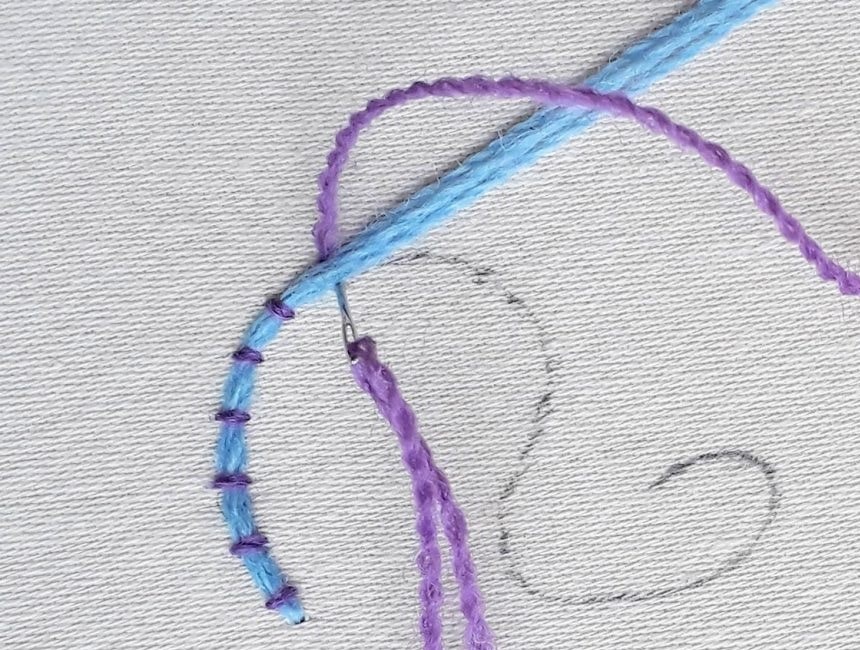
The beauty of embroidery is that there are so many intricate designs you can create which are really just a bit of an optical illusion. Couched stitches involve the use of two different threads. One thread is stitched and then the other is used to secure the longer pieces of stretch.
Couched stitches are most effective when creating latticed work. The intersections where the thread cross will have a darker color to them, making the design that much more intricate.
If you’re not quite sure how this affect will play out, it’s best to practice it to decide the right thread pairings.
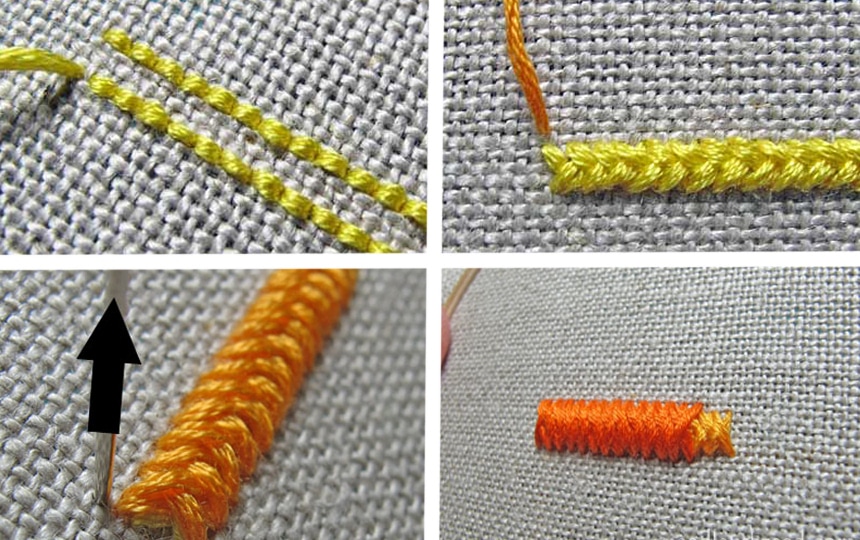
Embroidery can be as simple or complex as you want it. If you’ve mastered 2D threadwork, you might want to next consider 3D work. Tufted stitches provide depth to your embroidery. They are great if you want to highlight a particular part of the picture or even just to add more design details.
To create tufted stitches, layers are used. There are different tufting stiches you can try out, and some of the more popular ones include Victorian tufting or Ghiordes knots.
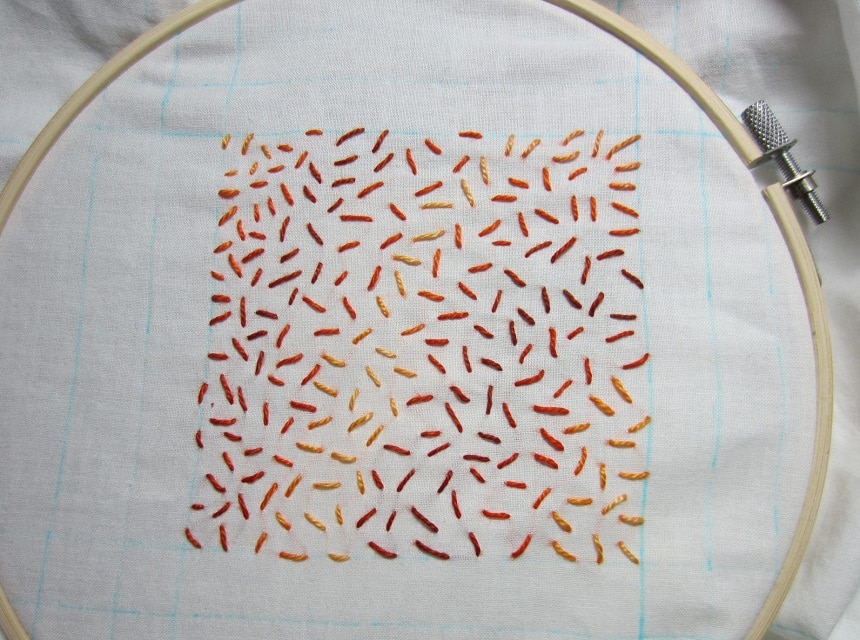
Basically, seed stitching looks exactly like it sounds. The result is small, individual stitches that don’t look like they connect to anything. Seed stitching makes use of negative space so that there will be fabric around the individual stitches. It is used to fill in areas and produce a contrast between completely filled in areas.
There are a lot of ways to use seed stitching. If you have a larger area, consider using color gradations for a shading effect. You can also choose how close together the individual stitches should be spaced apart.
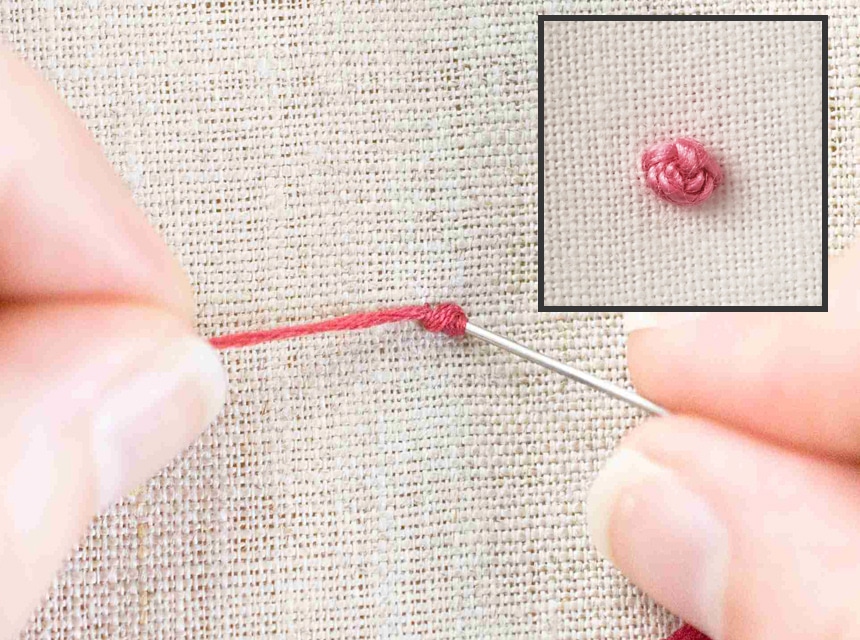
Similar to seed stiches, knots are stand-alone stitches. The are used to add embellishments to designs, to fill in larger areas, or simply as part of a picture.
Knots are exactly that – knots. They can be small or big, depending on what their purpose is. If you are stitching a bouquet of flowers, knots may be used as the center of the flower. Another common purpose is to create eyes for animals. You can even use them as a bit of extra flair around a quote you’re stitching.
To see the example of the above stitches, here’s a quick video:
The best part about crewel embroidery is that you can design anything you want. However, if you’re looking for inspiration, or just want an easy way to get started, there are kits you can purchase. The Dimensions Bucket of Flowers Crewel Embroidery Kit provides you with an easy-to-follow canvas. When finished, you will have a burst of colors.
For further inspiration, you can check out embroidery magazines, sewing shops, and even the internet.
Part inspiration, part instructions, and part information, there are now a wide selection of embroidery books you can find and enjoy. While embroidery used to be seen as something older women were involved with, there is now a resurgence in learning handicrafts by people of all ages. Complete with gorgeous graphics and suitable for beginners and experts, lose yourself in an embroidery book and come away with copious amounts of inspiration.
Unfortunately, over time anything can become dirty. The problem is that while somethings, like clothing, is easy to clean, others, like crewel embroidery is a lot harder. Embroidery is full of thousands of stitches and cleaning it could result in loose stitches and the undoing of a lot of hard work.
However, if there is a stain that needs to be rid of, there are a few possibilities. Always start with cold water. While wool thread should be pre-washed, wool can shrink and expand, leading to a mess of your work.
Don’t put your crewel embroidery in a washing machine. Instead, use a sink. Use a gently detergent, like Woolite, or any other brand that is made for delicates. Put the detergent in the water and then place the embroidered piece in the water. Agitate, allowing the detergent to penetrate the fabric and the thread.
Next, rinse everything, ensuring there is no leftover soap. Finally, lay you piece to air dry. If there are more intense stains, try a stain remover but be careful it doesn’t damage the surrounding colors.
Want to dazzle your friends and family by showing them just what you can create? Crewel embroidery is the way to go. While it specifically uses wool thread, you can choose any pattern and any standard embroidery stitches for your crafting purposes. The result will be amazing as you showcase your different stitches and ability to find just the right thread color. The next time you have an afternoon all to yourself, grab your tools and see what fun crewel embroidery project you can create.
